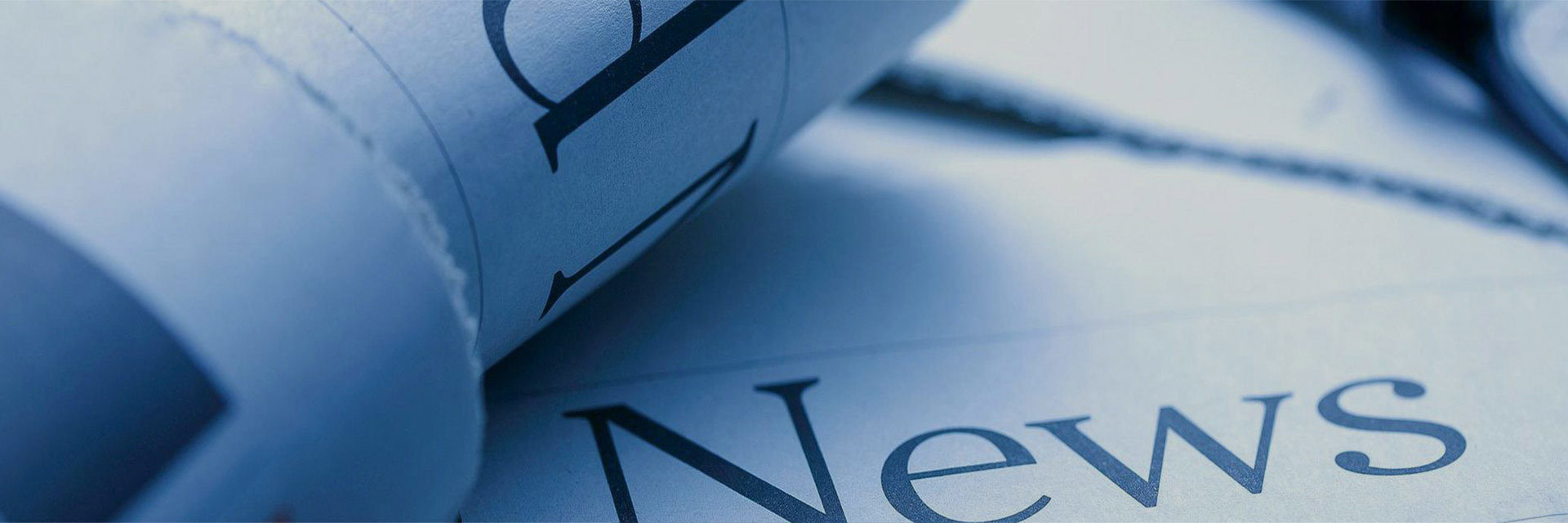The Importance of Testing Butyl Rubber Liners for Quality Assurance
Release time:
2025-07-26
The Importance of Testing Butyl Rubber Liners for Quality Assurance Introduction to Butyl Rubber Liners Butyl rubber linings are widely recognized in various industries for their exceptional performance and versatility. **These liners are commonly used in applications ranging from automotive to industrial settings**, due to their excellent impermeability to gases and their resistance to aging and

The Importance of Testing Butyl Rubber Liners for Quality Assurance
Introduction to Butyl Rubber Liners
Butyl rubber linings are widely recognized in various industries for their exceptional performance and versatility. **These liners are commonly used in applications ranging from automotive to industrial settings**, due to their excellent impermeability to gases and their resistance to aging and chemical degradation. Quality assurance through rigorous testing is paramount to ensure that these liners perform optimally and meet industry standards. In this article, we will discuss the importance of testing butyl rubber liners for quality assurance, the different types of tests conducted, and the standards that govern these processes.
Why Quality Assurance Matters for Butyl Rubber Liners
Quality assurance is essential in manufacturing butyl rubber liners because it directly impacts their **performance, durability, and safety**. High-quality liners can prevent leaks, ensure longevity, and maintain structural integrity in various applications. The importance of quality assurance can be broken down into several key areas:
1. Performance Reliability
Testing ensures that butyl rubber liners can withstand the specific conditions they will encounter in their intended applications. **Unexpected failures can lead to costly downtimes and repairs**, making it critical to validate the performance of these liners.
2. Safety Standards Compliance
Many industries have stringent safety regulations that liners must meet. Regular testing helps manufacturers comply with these regulations, ensuring that their products do not pose a risk to users or the environment.
3. Cost Efficiency
Investing in thorough testing can save companies money in the long run. **By identifying defects early in the production process**, companies can avoid costly recalls and product failures, thereby enhancing their reputation and profitability.
Types of Testing for Butyl Rubber Liners
Testing butyl rubber liners involves various methodologies designed to evaluate their properties accurately. Here are some of the key tests performed on butyl rubber liners:
1. Tensile Strength Testing
Tensile strength testing measures the force required to stretch the rubber until it breaks. This test helps determine the liner's maximum load-bearing capacity. **A higher tensile strength indicates a more durable liner**, capable of withstanding various stresses during usage.
2. Elongation at Break
This test assesses how much the rubber can stretch before it fails. **Elongation is crucial**, as it indicates the material's flexibility and ability to adapt to different shapes and conditions without breaking.
3. Tear Resistance Testing
Tear resistance tests measure the material’s ability to withstand forces that could lead to tearing. **A liner with high tear resistance can better handle rough handling and environmental stress**, reducing the likelihood of premature failure.
4. Compression Set Testing
This test determines the material’s ability to return to its original shape after being compressed. **A low compression set means that the liner will maintain its sealing properties** over time, which is vital for applications requiring airtight or watertight seals.
5. Chemical Resistance Testing
Butyl rubber is known for its chemical resistance, but the degree varies among formulations. **Testing against various chemicals ensures that the liners will not degrade in their intended environments**, providing reliability and safety.
6. Aging and Ozone Resistance Testing
Rubber materials can deteriorate over time due to environmental exposure. **Aging tests simulate long-term use** and check how well the liners hold up against factors like UV light, ozone, and temperature variations.
Standards and Regulatory Compliance in Testing
Adhering to industry standards is critical in the testing of butyl rubber liners. Several organizations set forth guidelines to ensure safety and performance.
1. ASTM Standards
The American Society for Testing and Materials (ASTM) provides numerous standards relevant to rubber testing. **These standards ensure consistency and reliability across different manufacturers** and products.
2. ISO Standards
The International Organization for Standardization (ISO) develops guidelines for rubber products. Compliance with ISO standards enhances the credibility of manufacturers and can help gain customer trust.
3. Industry-Specific Regulations
Certain industries, such as food and pharmaceuticals, have specific regulations that must be followed. **Manufacturers must be aware of these regulations** and incorporate them into their testing protocols to ensure their products are safe for use.
Best Practices for Quality Assurance Testing
To guarantee the quality of butyl rubber liners, manufacturers should implement best practices in their testing processes. Here are some recommendations:
1. Comprehensive Testing Protocols
Establish a testing protocol that encompasses all relevant tests, ensuring that no critical area is overlooked. **Regularly update these protocols based on advances in technology and industry standards.**
2. Equipment Calibration
Ensure that all testing equipment is calibrated regularly. **Accurate measurements are essential for reliable test results, so maintaining equipment is a vital part of the quality assurance process.**
3. Continuous Training for Personnel
Investing in ongoing training for laboratory personnel ensures they are familiar with the latest testing methods and standards. **Well-trained staff can significantly improve the quality of the testing process.**
4. Documentation and Traceability
Maintain detailed records of all tests conducted, including methodologies, results, and any corrective actions taken. **Good documentation helps in quality control and can be invaluable during audits.**
5. Third-Party Testing
Consider utilizing third-party testing laboratories to verify results. Independent testing can provide an unbiased assessment of product quality and may enhance credibility with customers.
Real-World Applications of Butyl Rubber Liners
Understanding the applications of butyl rubber liners can illuminate the necessity of rigorous testing. **These applications vary widely across industries**, highlighting the need for dependable materials.
1. Automotive Industry
Butyl rubber liners are commonly used in vehicles for sealing and insulation. **Their ability to prevent air and water leaks is crucial for maintaining vehicle integrity and efficiency.**
2. Construction Industry
In construction, butyl rubber liners serve as waterproofing membranes and vapor barriers. **Testing ensures these liners effectively protect buildings from moisture and other environmental factors.**
3. Industrial Applications
Butyl rubber is used in manufacturing processes requiring chemical resistance and durability. **Quality assurance testing guarantees that these liners can withstand the harsh conditions present in industrial environments.**
4. Consumer Products
From tires to personal protective equipment, butyl rubber liners are prevalent in consumer goods. **Testing ensures safety and performance, helping to prevent product recalls and safety issues.**
Challenges in Testing Butyl Rubber Liners
While testing is essential, it also comes with challenges that manufacturers must navigate.
1. Variability in Material Composition
Different formulations of butyl rubber can lead to varying properties. **This variability necessitates tailored testing approaches for each formulation, complicating quality assurance efforts.**
2. Cost of Testing
Comprehensive testing programs can be expensive. **Manufacturers must balance the cost of testing with the potential risks of failing to ensure quality.**
3. Evolving Standards
As technology advances, testing standards may change. **Staying updated with new regulations and best practices can pose challenges for manufacturers.**
Conclusion
In summary, the importance of testing butyl rubber liners cannot be overstated. Quality assurance not only ensures performance and safety but also promotes customer trust and satisfaction. Through rigorous testing methods and adherence to industry standards, manufacturers can produce reliable butyl rubber liners that perform well across various applications. By embracing best practices and addressing challenges head-on, manufacturers can enhance their product quality, reduce costs, and maintain a competitive edge in the market. Quality testing is not just a step in the process; it is a commitment to excellence that benefits manufacturers, consumers, and the environment alike.
Frequently Asked Questions (FAQs)
1. What is butyl rubber commonly used for?
Butyl rubber is used in various applications, including automotive seals, construction waterproofing, and consumer products like tires and protective gear.
2. Why is testing essential for butyl rubber liners?
Testing ensures that butyl rubber liners meet performance, safety, and durability standards, preventing failures in critical applications.
3. What are the key tests performed on butyl rubber liners?
Key tests include tensile strength, elongation at break, tear resistance, compression set, chemical resistance, and aging tests.
4. How do industry standards affect the testing process?
Industry standards provide guidelines for testing methodologies and compliance requirements, helping ensure product quality across manufacturers.
5. What are the challenges faced in testing butyl rubber liners?
Challenges include variability in material composition, the cost of testing, and keeping up with evolving standards and regulations.
Key word:
butyl rubber liner
Recommended



